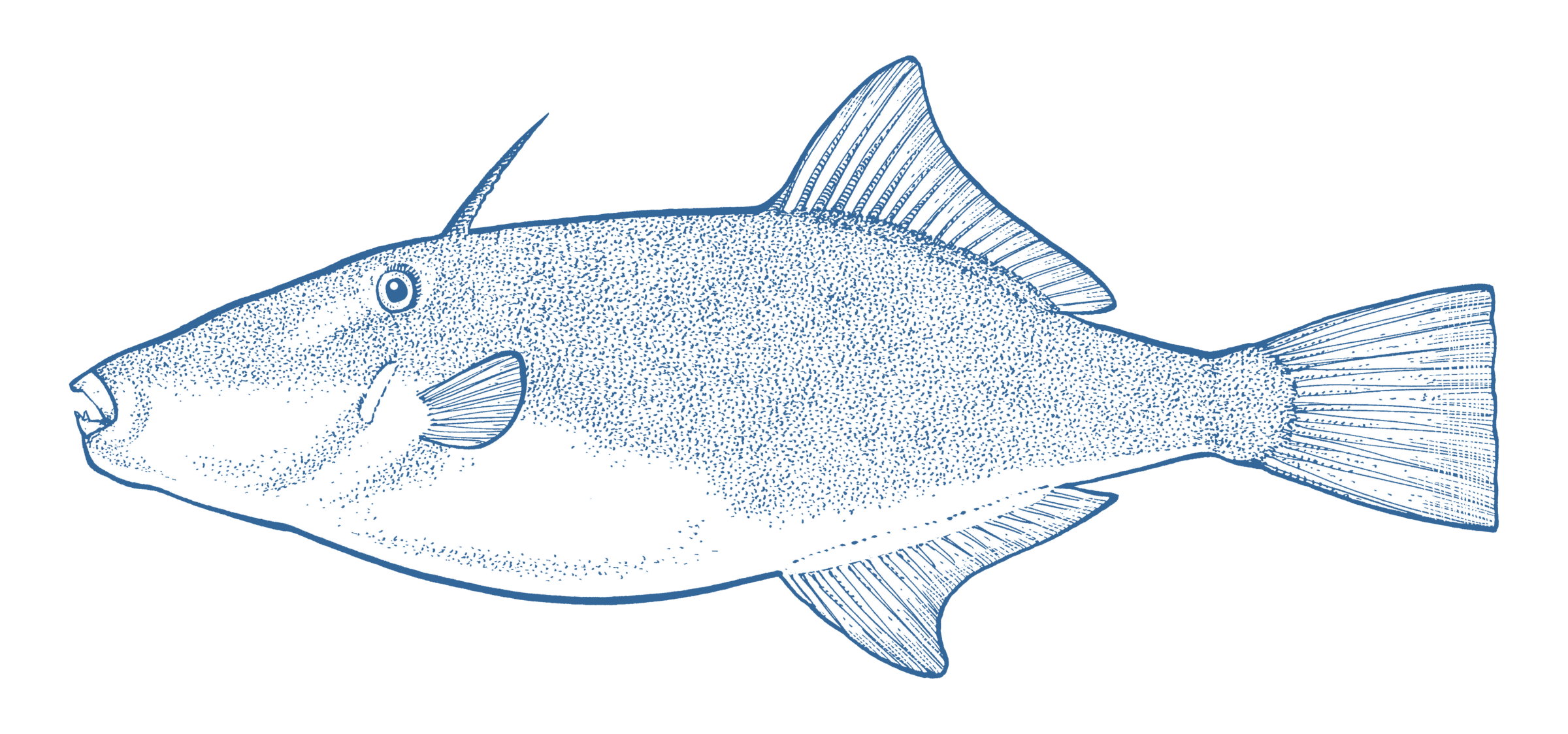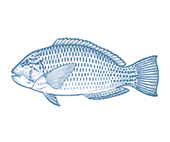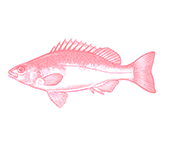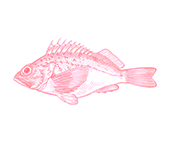




- Eat Less
Wild Caught
Region:
NSW
- Ocean jackets are mostly targeted using the trap fishing method in NSW. It is also caught using line and trawl methods as a byproduct, meaning it is not the species targeted using those methods.
- Ocean jacket populations are not believed to be seriously overfished thanks to its ability to grow quickly and recent management reforms that are decreasing fishing effort, but there are some concerning trends in fishery statistics.
- There are serious concerns for the stock health of a major non target species caught in this fishery - the silver trevally. The stock of this species is seriously overfished.
- Observer programs are mandated in the fishery but conducted irregularly and inconsistentently. Thorough independent observer coverage would result in more accurate records of the marine wildlife caught.
- Marine parks in NSW provide the most effective science based protection from the significant ecological risks posed by fishing, but alarmingly, at the time of writing, the NSW Government was considering opening highly protected marine parks to fishing.
- NSW Ocean Trap and Line Fishery (90% of the catch), Ocean Trawl Fishery (235t in 2019)
Ocean jacket is a ubiquitous demersal predatory finfish found thoughout subtropical and temperate Australian waters (where they are considered endemic), from the Gascoyne in WA, across southern Australia to southeast QLD. Ocean jacket are found around coastal and offshore sand and reef habitats throughout the shelf and slope to depths of around 250m. Commercial fisheries operate in NSW, SA and Commonwealth waters. Ocean jackets have a relatively short life span and grow quickly. For these reasons, it is not considered as vulnerable to overfishing as other species.
Ocean jacket is mostly caught using trap fishing methods in NSW, with around 10% of the NSW catch coming from bottom trawl fishing.
Ocean Jacket populations show patterns of ‘boom and bust’ fluctuations. There have been significant declines in catches and patterns in fishers’ catch rates for which overfishing may not be occurring but cannot be discounted. This suggests cause for some, but not serious, concerns at present for the health of the stock and will require careful monitoring in future.
The fishery in which most ocean jackets are caught is subject to federal government accreditation which allows it to export the species it catches overseas. But the NSW Department of Primary Industries (DPI) was, at the time of writing, non compliant with these conditions because it had not implemented accurate bycatch reporting of threatened shark species.
Northern areas of the line component of the fishery were subject to an observer study in 2019, and another study on this section was published in 2015, but based on data from 2007-09. A more recent study has not been made publicly available which is a concern. Observer management is absent for the trap component of the fishery. This partial approach also falls short of best practice.
The fishery in which ocean jacket is caught also takes several overfished species, including snapper and silver trevally, at levels which may hinder their recovery but are unlikely to cause further depletion of their respective populations.
A major overall concern is that ocean jacket is becoming a major component of several fisheries despite being considered and managed as a minor by-product species, which means it is incidentally caught when fishing for another species and retained for sale. This means it does not have a range of fishery management measures applied to it as with other species.
The quantities of ocean jacket caught often exceed that of some of the target species. For example, the NSW jacket catch is larger than the snapper catch in the same fishery.
Marine parks in NSW provide the most effective science based protection from the ecological risks posed by fishing, but alarmingly, at the time of writing, the NSW Government was considering opening highly protected marine parks to fishing.


